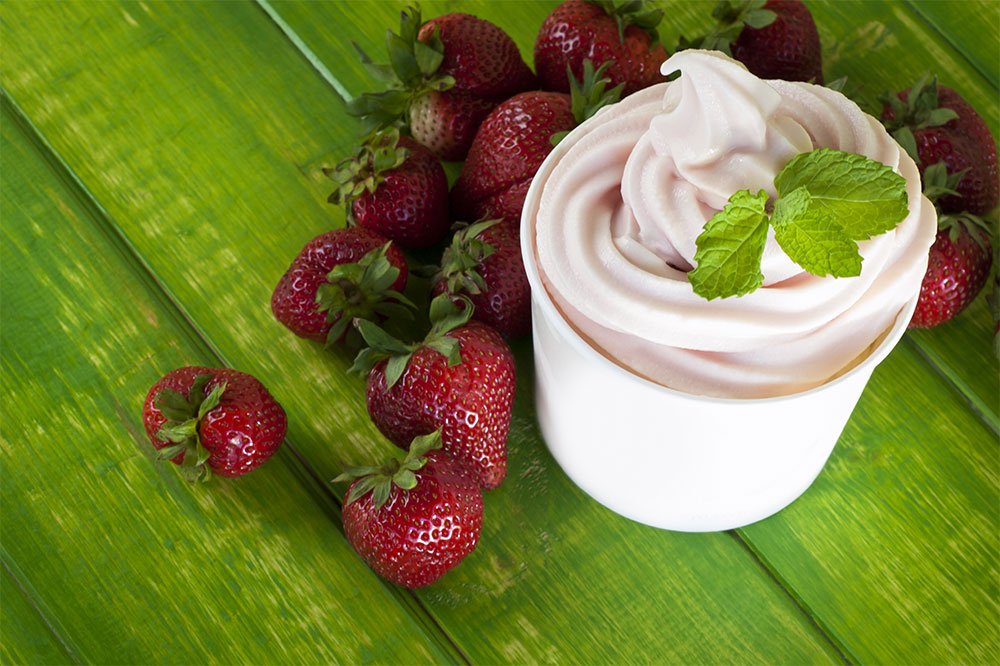Nutrient-dense foods to eat during pregnancy

Eating the right kind of food when pregnant is very important for both you and the baby. That being said, finding the right foods that are healthy and satisfy your cravings can be difficult without a proper meal plan. So, if you’re deciding on your eating plan and do not know where to start, here is an essential guide that can help with foods that are good for pregnant women. Read on to learn more.
Dairy products like yogurt
It’s incredible how the human body is capable of creating new life. Of course, to do this, the body requires tons of extra protein and calcium that support the child’s growth. To ensure that you are getting your fill of all these essential nutrients, you can try to add dairy products to your meals. This includes milk, cheese, and yogurt. These dairy products will provide you with high-quality protein like casein and whey. They are also a great source of vitamins, magnesium, calcium, and other minerals.
Whole grains like oats
Whole grains are packed to the brim with essential fibers and plant compounds that can keep the body healthy and even promote the health of the unborn child. They also contain some amounts of protein, vitamin B, and magnesium. You could try adding foods such as oats, brown rice, barley, and quinoa to your everyday meals. It is best to replace white bread and white rice with their healthier counterparts.
Foods rich in omega-3 like salmon
Studies have shown that omega-3 fatty acids play a vital role when it comes to the development of the fetus. In fact, they are known to build the brain and eyes and even help increase the duration of gestation. To ensure that you are getting your fill of omega-3 fatty acids, you should switch to seafood such as salmon. Salmon is known to be rich in omega-3 fatty acids and even contains other essential nutrients such as vitamin D, which is essential to bone health.
Green leafy vegetables like spinach
Green leafy vegetables such as spinach, kale, and broccoli are also great foods for pregnancy. They are packed with many nutrients such as vitamin C, vitamin K, vitamin A, calcium, and fibers and minerals.


